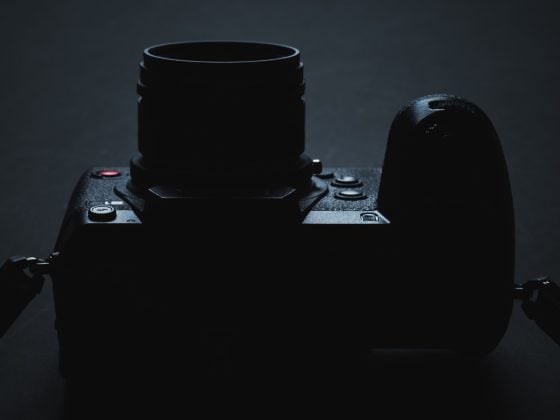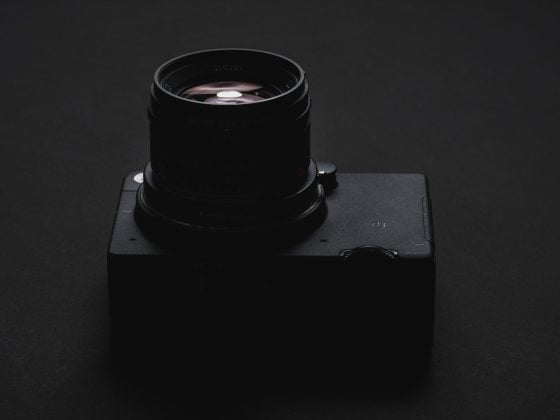The Sigma FP is a cool concept that has a lot of potential, and I’m excited to see where they take it, but it’s just still got a long way to go.
Lockups, bugs, crazy exposure, terrible display, terrible touch screen interface, cumbersome UI, photos not showing up after taking shots.
I’ll be fair and say this is still firmware v1.00 and even the Fujifilm X-T3 had a million bugs on launch.

Here are my first impressions and my experiences with it for a weekend using it as a photo camera. As a video camera, this thing is an absolute monster, but I won’t get into that in this review since I didn’t have time to test all the video features. I will post all of the video specs and features in my memory card guide which is coming soon.
Note: I didn’t really have the camera for enough time to really get to know it and work out all the kinks. A lot of my problems with the camera could be user error and I don’t want to be one of those reviewers that goes on trashing something without having a full understanding of what was going on. Also, there have already been firmware updates that have fixed some of these problems.
So take this as a fairly casual look at the Sigma FP, but you could consider this my Sigma FP Review.

Sigma fp | Impressions
There is one thing that became completely apparent that I never picked up on in the marketing, that is, this is a cine camera. This is not a photo camera. The fact that there is no mechanical shutter makes this obvious.
But it’s not just a cine cam, it’s a cine cam designed for a gimbal or to be mounted as a full-frame action cam. When looking at it like that, this thing is pretty cool.
When looking at it as a still camera, it’s interesting, but it just feels like it struggles with absolutely everything.
Again, a lot could be fixed with firmware and I’m assuming the team at Sigma spent most of their time fine-tuning the cine side of the camera which I didn’t use very much.
However, I will mention that this camera does allow you to record internal 8-bit CinemaDNG with files up to about 200MB/s and has an H.264 video bitrate of 440Mbps, which is incredible.
You can also record CinemaDNG 4k 12-bit out to an SSD.
Also, for those that love slow-motion, the 1080p120 will record at 440Mbps, which makes this one of the best slo-mo hybrid cameras you can buy, but there is no 4k60p.
It’s an insane video machine as you can see. In the future hopefully, they will be able to get this working with CFexpress Type-A cards so we can take advantage of all that 12-bit CinemaDNG goodness internally without needing an external SSD. I have heard some cameras are being designed right now for Type-A CFexpress, so it’s coming.
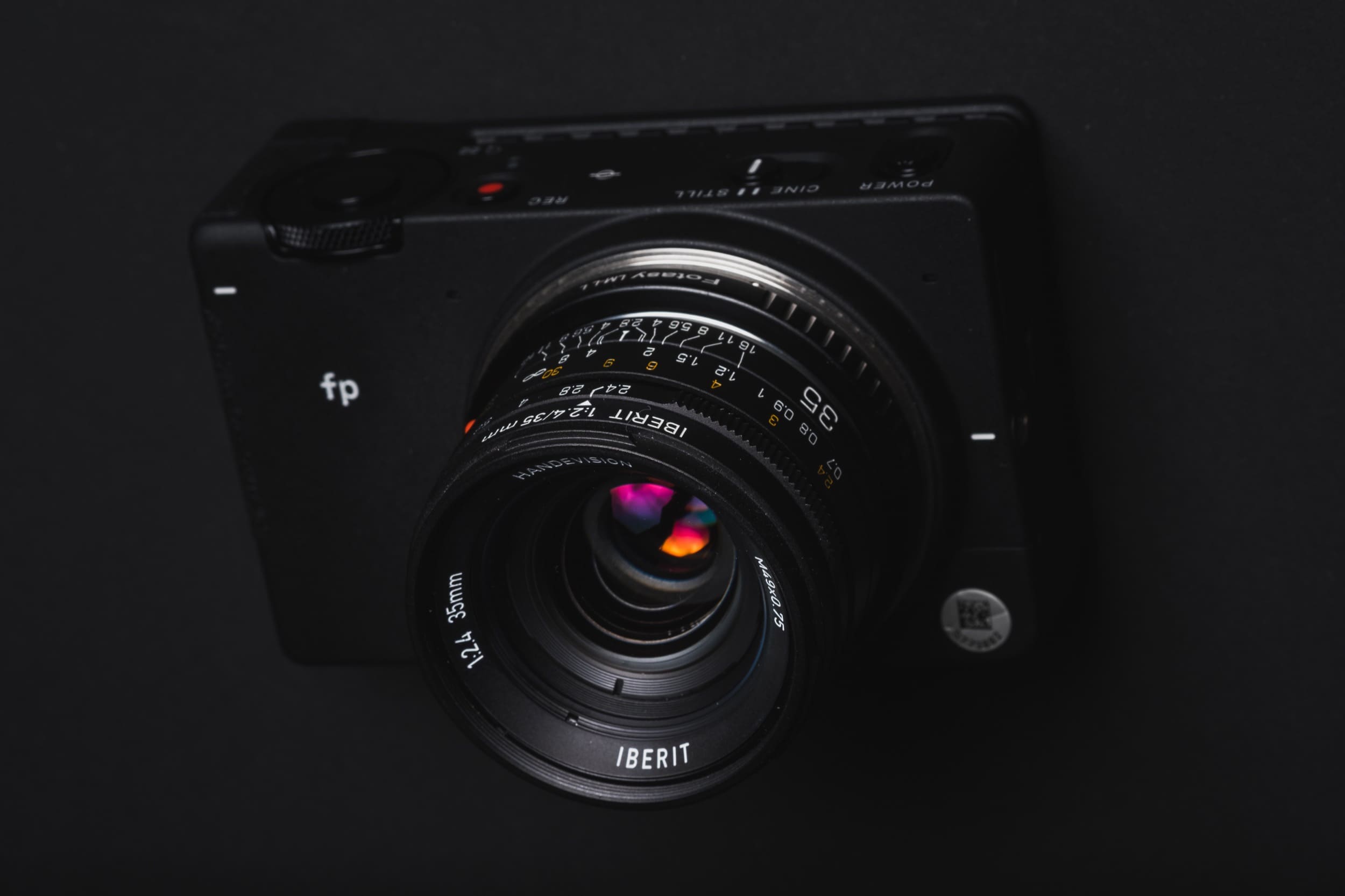
The Lens I Was Using
The lens I was using with the Sigma FP was the Leica mount of the Kipon IBERIT 35mm f2.4. It’s a lens I bring pretty much everywhere I go when I travel because I can adapt it to any mirrorless camera. It’s fairly inexpensive and has pretty good image quality for the size. It’s also a really nice fit for this small full-frame camera because it’s one of the smallest full-frame lenses you can buy.
You could get better image quality with the Sigma ART lenses, but I feel like if you’re going to have the world’s smallest full-frame camera, it only makes sense to pair it with a very small lens.
And as you probably know by now, Alikgriffin.com is not an IQ snobby review site. I’ll praise less-than-perfect lenses if they render well and make cool images. I will rip apart a highly specced-out camera if the user experience sucks or if it’s at least pathetically behind.
Here we care about the form and function and how well cameras can connect with a user. Can you develop muscle memory to quickly control the camera without effort, or is it only a one-trick-eye AF pony?
If a camera has bad UI, I will rip it to shreds. This was a big problem I had with Sony cameras for a while and to be honest, the new Nikon Z8 and Z9 cameras are pretty terrible.
Most people can’t distinguish the difference in sensor IQ over the last 5 years and the fact that so many review sites still keep this as their primary focus or are only stress testing eye AF are ignorant to reality and consumer needs.
Even though the Sigma FP is a cool concept with decent specs, unfortunately, I have to be a bit brutal with it in this review because the camera in this current form is very rough. However, a lot of it will likely get fleshed out in future firmware updates. So the camera has the potential to mature into something great.

Issues I Was Having | Sigma FP
Auto exposure is the worst I’ve ever experienced – It seems like it’s just desperately trying to never overexpose anything ever. Everything is always at least a full stop underexposed. When I think of this as a cine camera, that’s probably a good thing, for a photo stills camera it’s annoying and you have to increase the exposure comp by at least +1 always.
There were also issues when changing the aperture on the manual focus lenses. It could be that it’s just not built for manual lenses and wants the lens to tell it what aperture it’s at, but I would often have to turn the camera on and off after changing the aperture. I think this is because the AEL lock was accidentally getting pressed but I’m not positive, because once I figured that out, I started being a little more careful but it still wasn’t great. Which brings me to my next point.
Ergonomics are extremely poor – Clearly, it’s not meant to hold and shoot with. Not just because it’s a little aluminum brick, but because the buttons are very poorly configured. You end up always accidentally changing the exposure comp, pressing the AE lock, or changing things you didn’t know you were changing.
The camera is schizophrenic – For the first two days, it would not let me turn on focus peaking in stills mode. I could do it in video mode but not in stills mode. It was greyed out. Then on the third day, it let me turn it on. I don’t think I changed any settings or did anything different but I could not get the camera to engage focus peaking.
Another time, I was taking photos and the files were not appearing on the card so I had to change cards. This started happening a few shots after a strange lockup that reset the camera to factory default. Around this time when I was taking photos, they were not appearing in sequence on playback. Maybe the camera shot numbers got reset or something and it was overrighting older shots? I’m not sure it was weird. I changed the memory card, formatted it and that fixed it.
Sometimes early firmware cameras have issues with memory cards. Usually, this type of thing is fixed pretty quickly with firmware.
Poor Touch Screen Implementation – Like Sony there is limited support for touch screens. You use the screen to change the focus point, but this only works sometimes. Often I have to turn the camera off and then on again to make it work again I couldn’t figure out why.
You can pinch-zoom to view your shots in playback but it’s very stuttery and laggy.
LCD display always seemed too dark – Some of this was the LCD, and some of this was the camera. As I said, the camera will always underexposure at least a full stop and the screen seems dark anyway. I guess I could go into the settings and just max out the bright next, but the point is, the auto-brightness on the screen sucks and the auto-exposure sucks. I even changed the photometry settings, which helped some.
No Tethered Power – Is it possible to tether power to this camera? It wasn’t working for me. I could charge the camera when it was off, but no power when on. That’s disappointing for 2019.
The camera is just a complete mess, feels very beta. Maybe a year or two of firmware updates could fix most of it though.
UHS-II Not Running At UHS-II Speeds In Photo Mode – You can record high bitrate video to UHS-II in video mode, but when I tested UHS-II cards in photo mode in my memory card buffer tests I could only see the camera function at UHS-I speeds.

Sigma FP What I Thought Was Cool
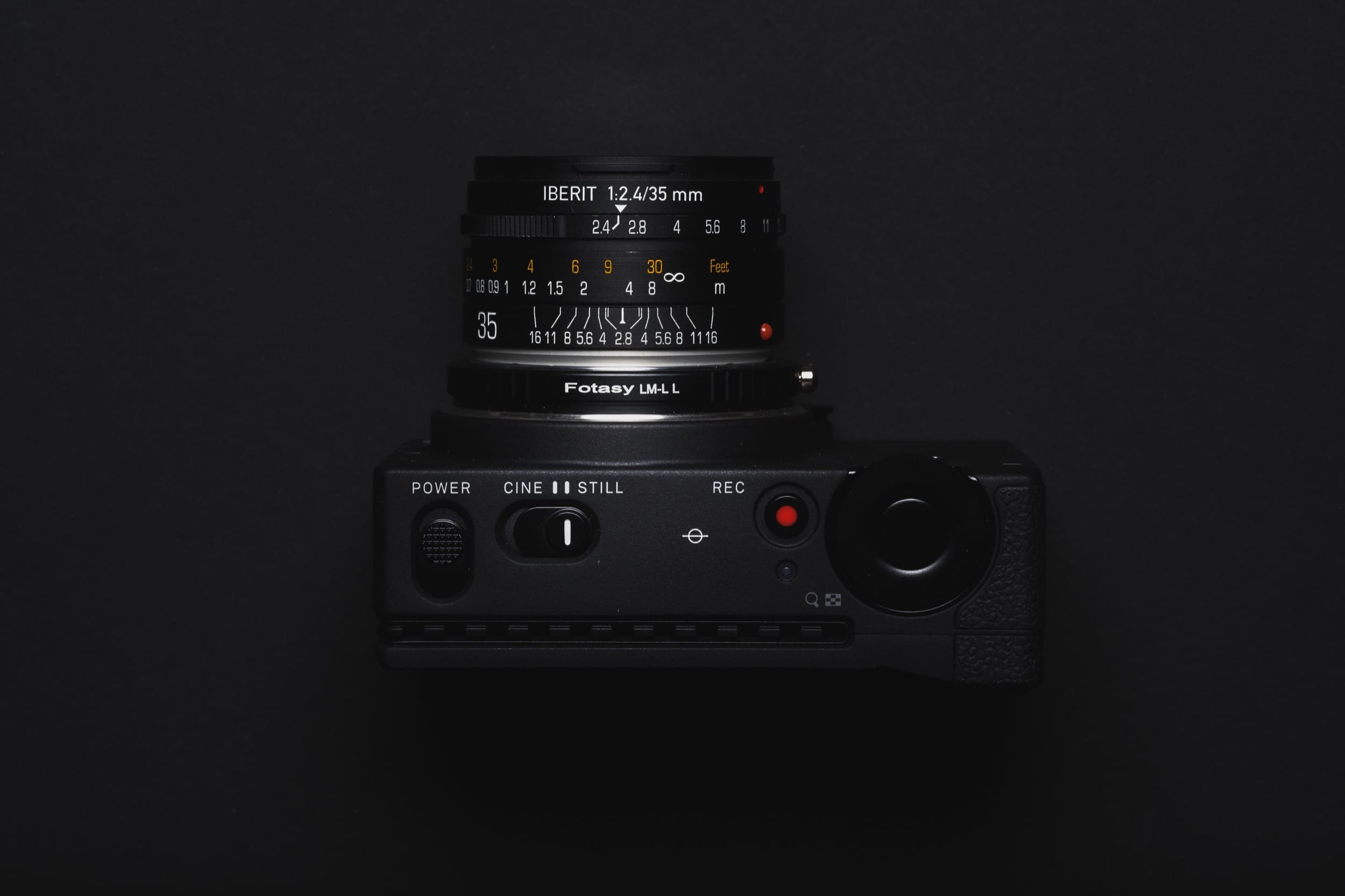
The roots of this camera, like the core of the design philosophy, are super cool. Because it’s just a little full-frame brick, I could see it becoming an incredibly versatile modular system if a bunch of great accessories were built around it.
It would be great on a gimbal because of the size, and I could see grips and cases being designed for it to increase usability and comfort.
It’s not a bad concept, it really isn’t. You have curves you can adjust cine color profiles, shutter angles, and zebras. It might just be the ultimate disposable B camera for action shots.
I remember reading that when Mad Max Fury Road was shot, they were still using Canon 5DII as a sort of disposable B action camera they could just mount anywhere and not worry about.
Sigma FP Bottom Line
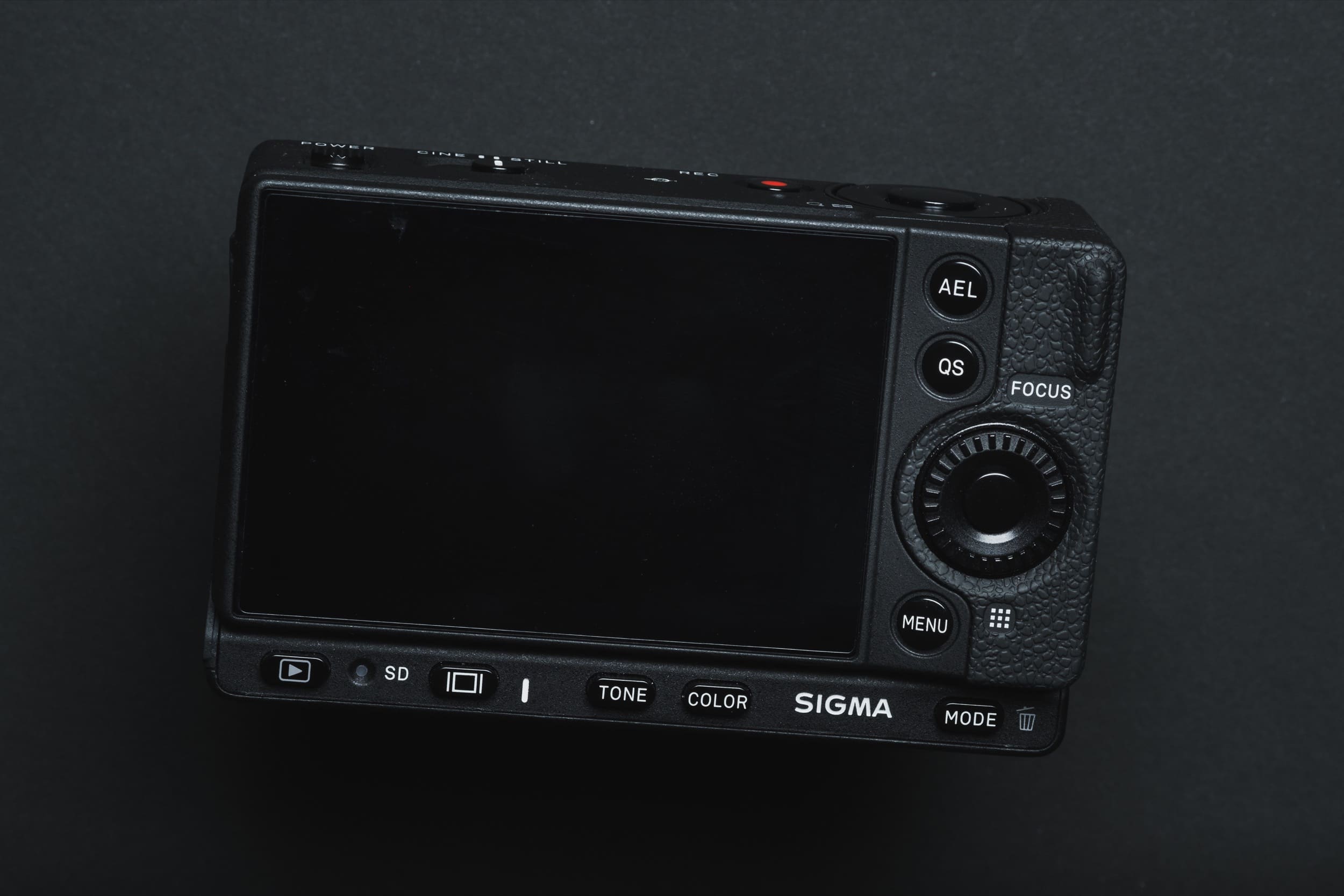
As a stills camera stay away from this thing for now. Or keep an eye on firmware updates.
As a cine camera, it’s looking cool for what it is and most of the problems I was having probably wouldn’t affect a cinematographer as much since you would typically be taking complete control of the situation. I was running and gunning with a manual lens in aperture priority mode.
I didn’t get really deep into doing any video with this camera, but if you need a small full-frame cinema camera with some pro features, keep an eye out for this thing, it might be the perfect B cam after a few firmware patches.
I legitimately had a ton of fun shooting with it. It’s super annoying not having an EVF but it was awesome having this tiny little full-frame cube with my Kipon little lens attached. If there was a great half leather case or something that made holding it a little easier I could see this being an awesome little full-frame street camera, but it’s just not quite there yet.
I also hate cameras that produce DNG files, but that’s a topic for a different time.
I also want to throw in there, that the Sigma colors and the way they do their rendering are really cool. There is such nice tonal depth with the color, it’s kind of a unique look that I like a lot.


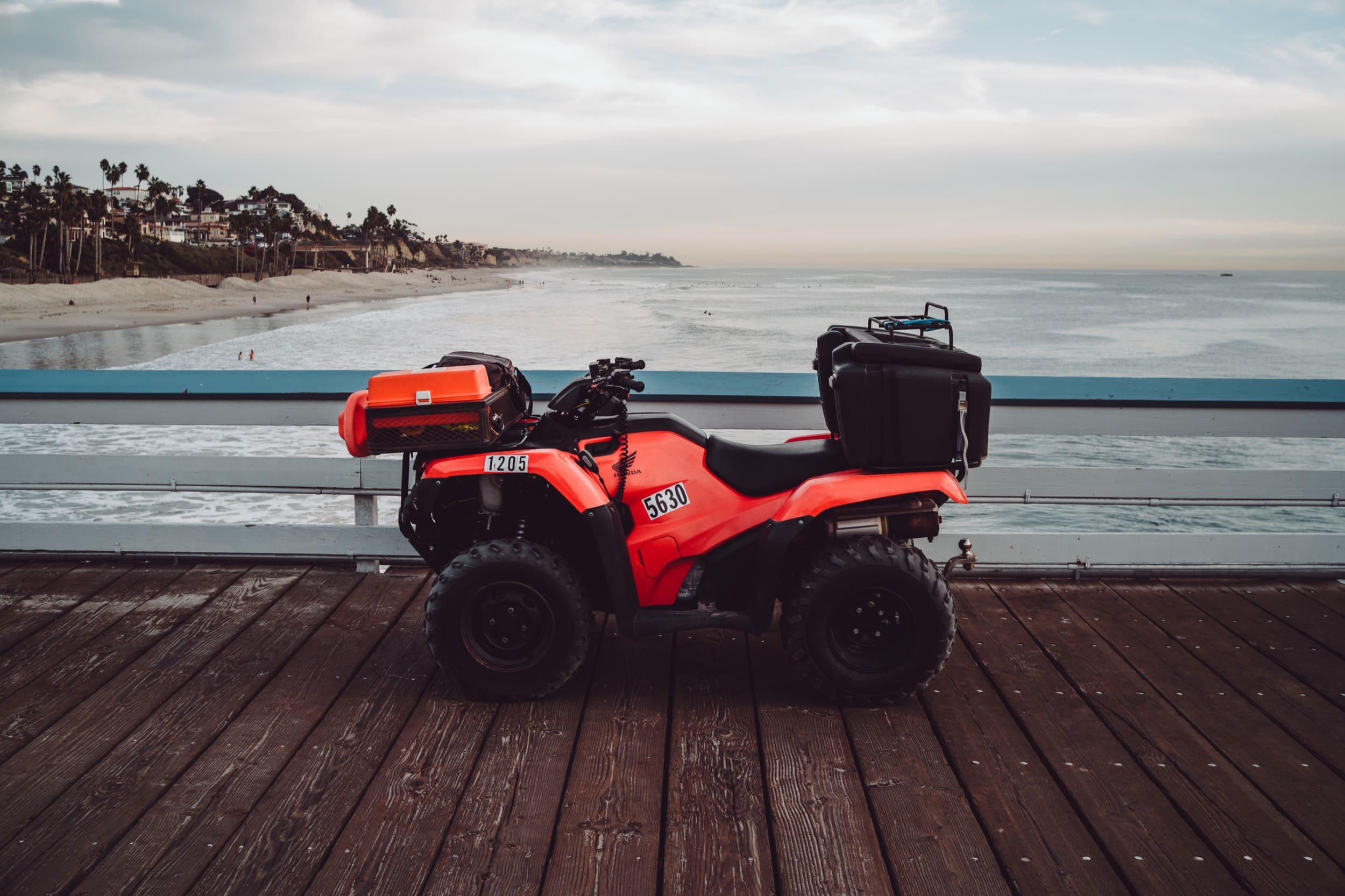
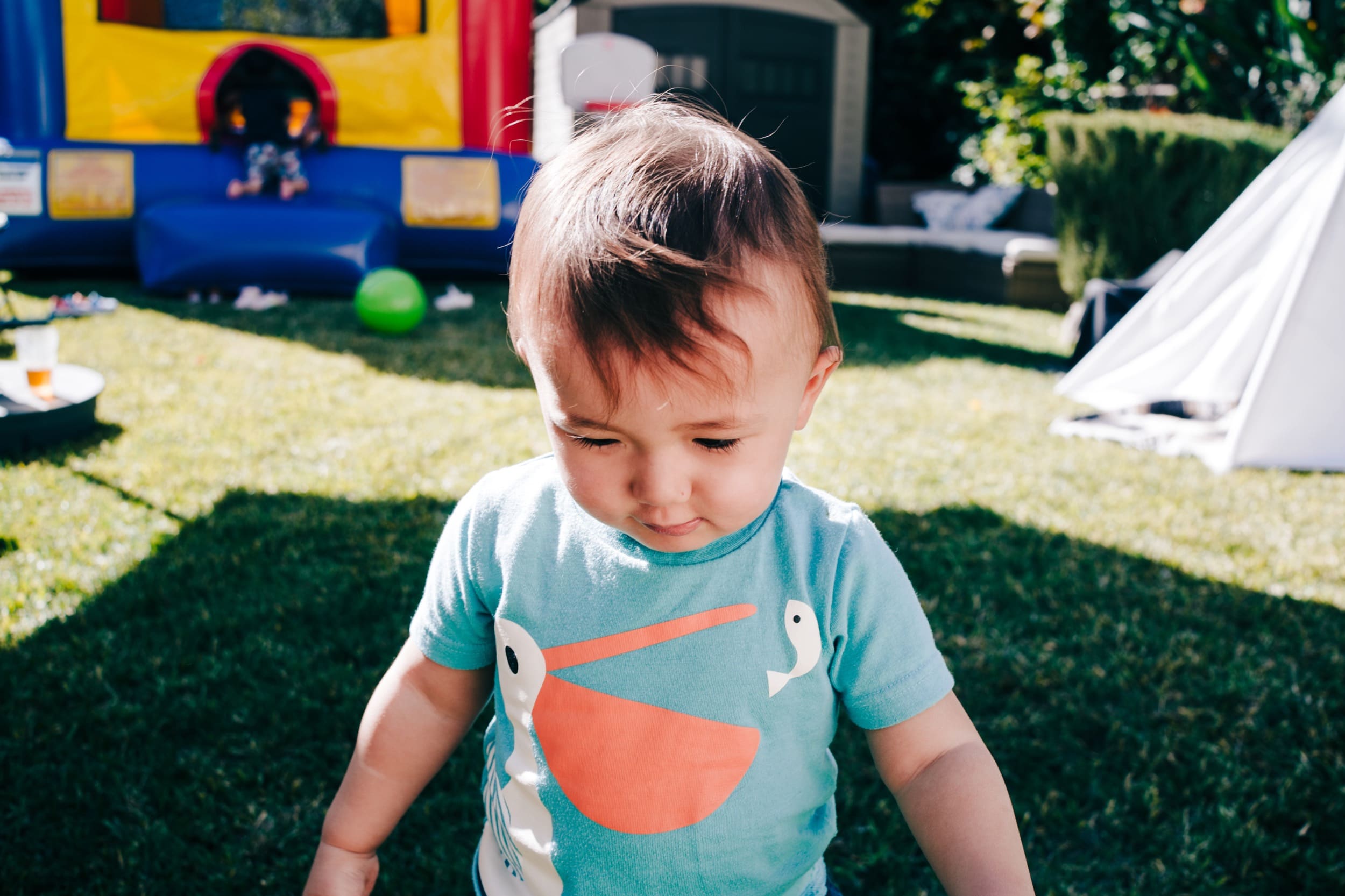
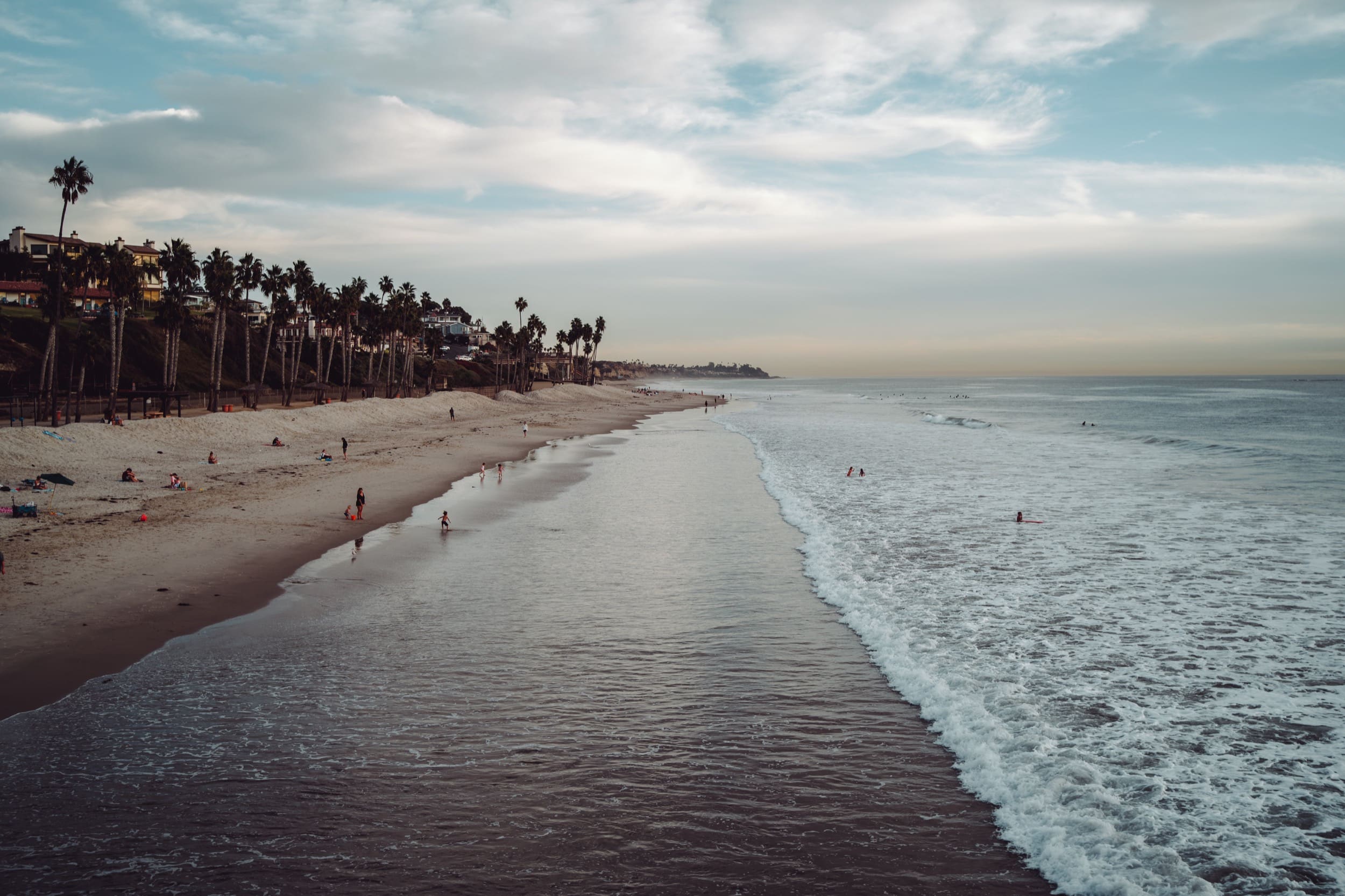
| **This website contains affiliate links. We will earn a small commission on purchases made through these links. Some of the links used in these articles will direct you to Amazon. As an Amazon Associate, I earn from qualifying purchases. |

